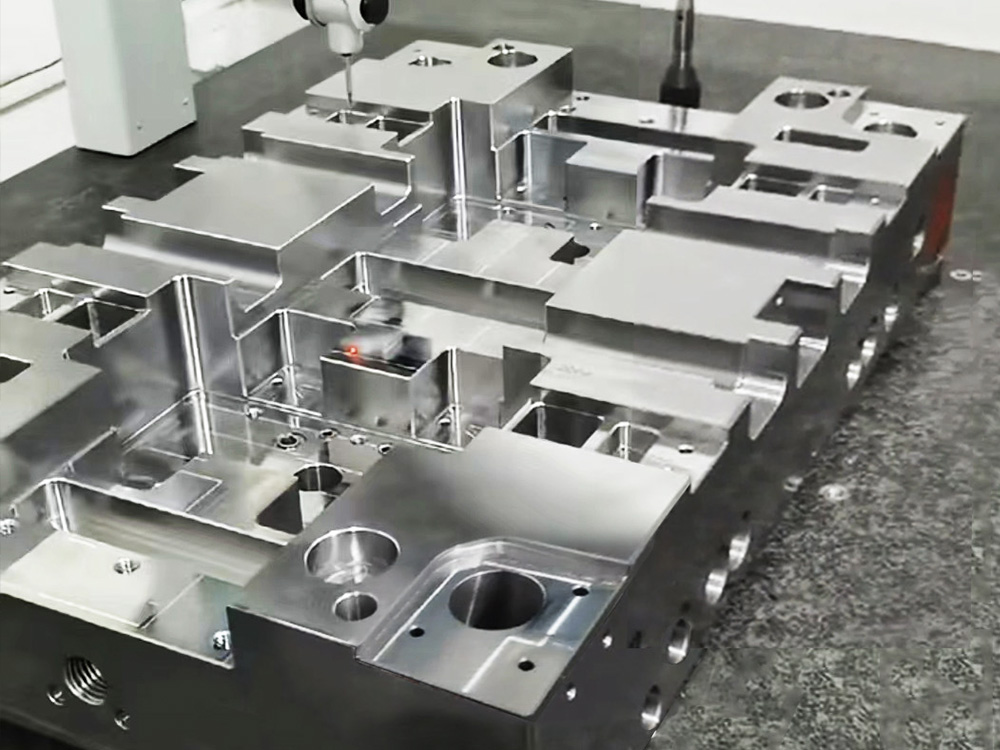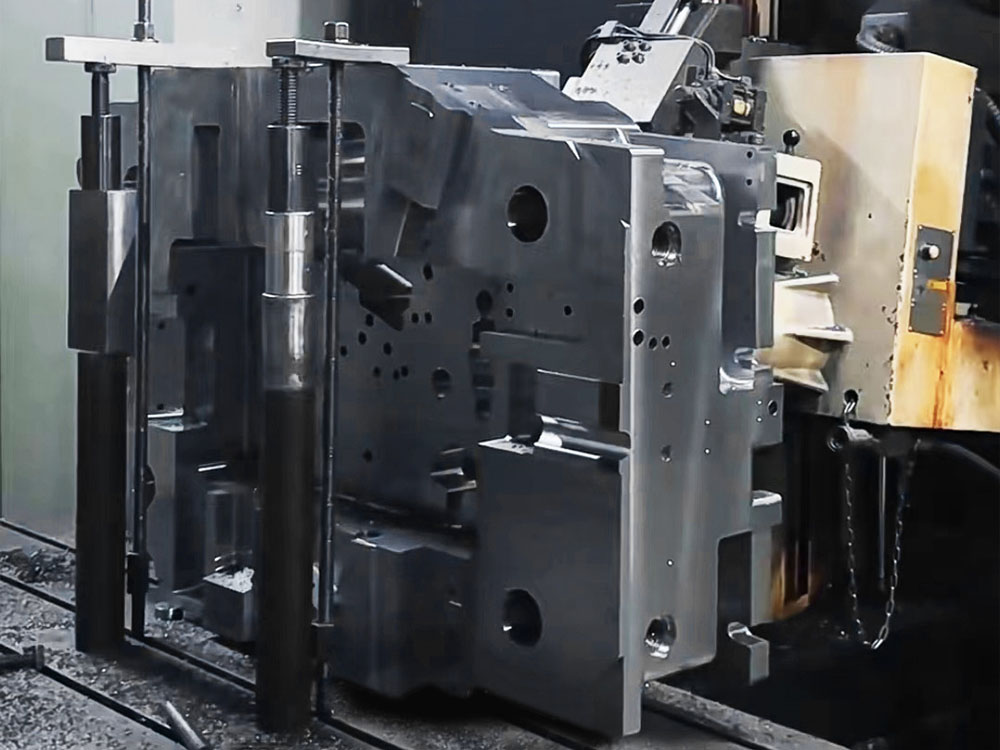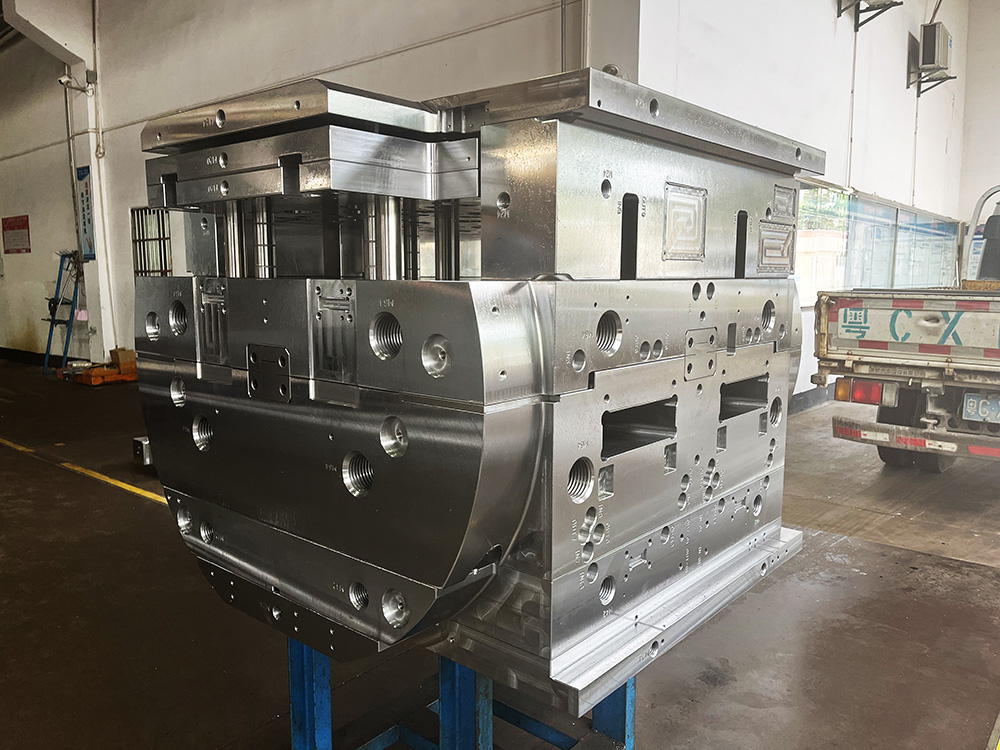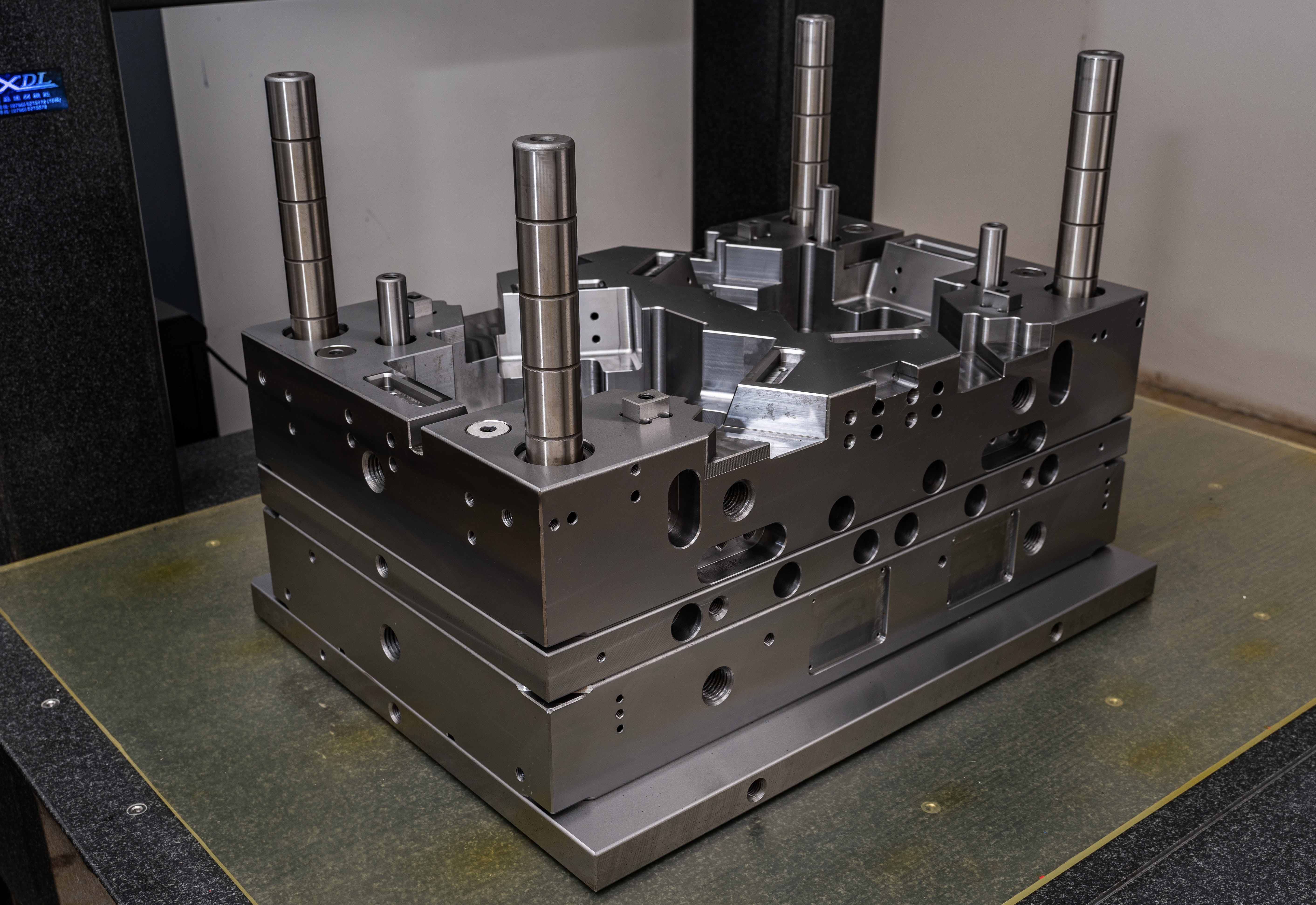How to Process Slant Columns on the Model Frame
In the mold base industry, the processing of slant columns on model frames is a crucial step in ensuring the quality and accuracy of molds. Slant columns play a significant role in providing stability and support to molds, and the proper processing techniques are crucial to ensure optimal performance. In this article, we will explore the step-by-step process of processing slant columns on the model frame.
Step 1: Preparation
The first step in processing slant columns is to prepare the necessary tools and equipment. Ensure that you have the required measuring tools, cutting tools, clamps, and safety equipment at hand. It is essential to maintain a clean and organized workspace to prevent any accidents or mishaps during the process.
Step 2: Measurement and Marking
Next, accurately measure and mark the positions of the slant columns on the model frame. Use a measuring tape or a vernier caliper to ensure precise measurements. The slant columns should be positioned at equal intervals along the model frame, providing uniform support for the mold. Double-check the measurements before proceeding to the next step.
Step 3: Cutting and Shaping
Now, it is time to cut and shape the slant columns. Use a cutting tool suitable for the material of your model frame. Slowly and carefully cut along the marked lines to create the slant columns. Pay attention to the angles and dimensions to ensure accuracy. Use appropriate shaping tools to refine and smoothen the edges of the slant columns for a professional finish.
Step 4: Securing the Slant Columns
After shaping the slant columns, secure them firmly to the model frame. Use clamps or other suitable fastening methods to hold the slant columns in place. Ensure that they are aligned correctly and securely attached to the model frame to provide optimal stability. Any loose or misaligned slant columns can compromise the mold's performance and quality.
Step 5: Finishing Touches
Once the slant columns are securely attached, perform any necessary finishing touches. This may include filing any rough edges, polishing the surface, or applying a protective coating to enhance durability and resistance to wear. Carefully inspect the slant columns and the model frame to ensure there are no defects or imperfections that may affect the mold's performance.
Conclusion
Processing slant columns on the model frame is a critical step in the mold base industry. This process requires precision, attention to detail, and the use of appropriate tools and techniques. By following the step-by-step guide outlined in this article, you can ensure the quality and accuracy of your molds. Remember to always prioritize safety and maintain a clean workspace during the processing of slant columns on the model frame.




